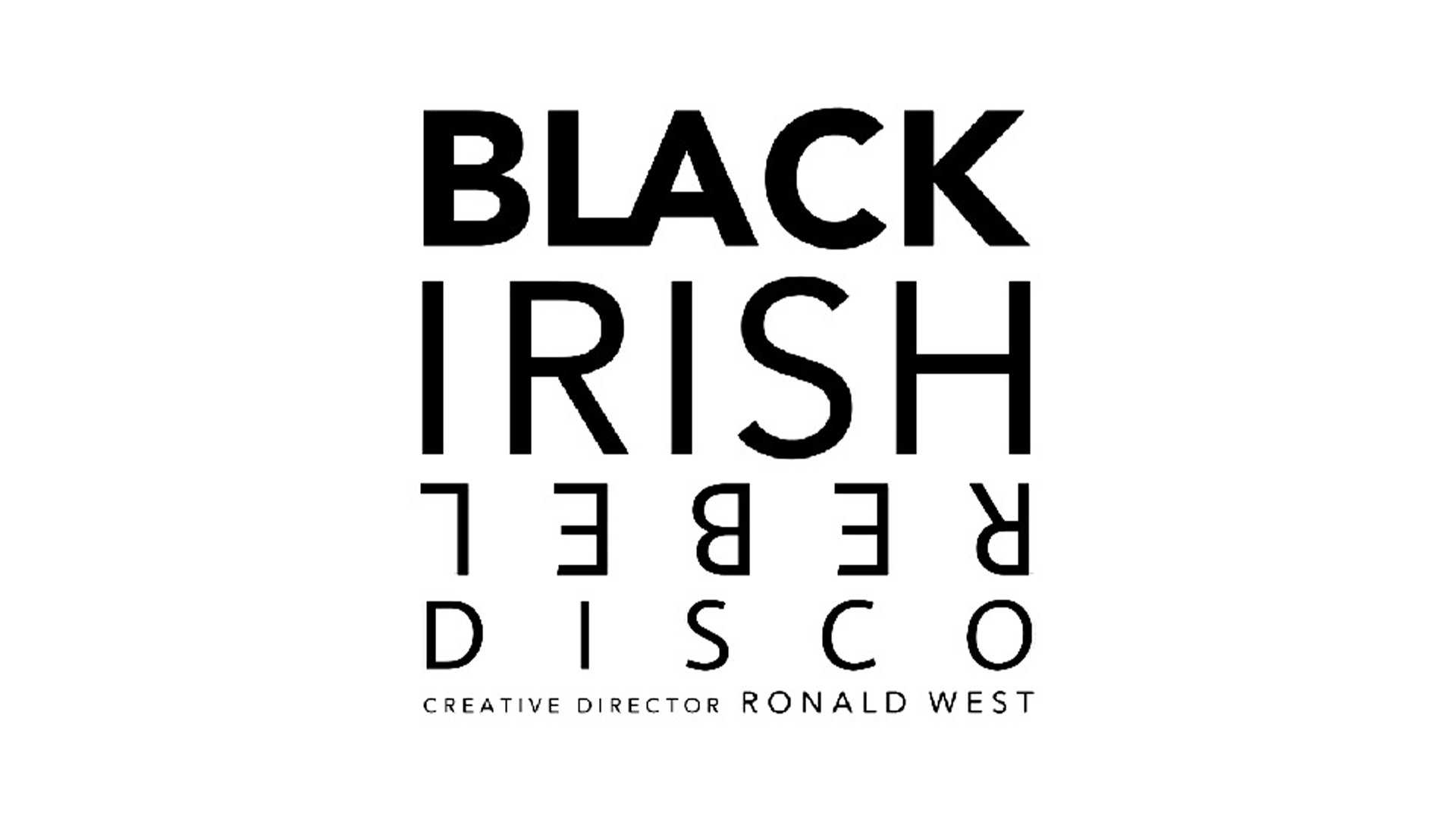
artsNOW: Ask what can’t be asked | Black Irish’s SHADE at the Cary Arts Center
Source: artsNOW : Ask what can’t be asked | Black Irish’s SHADE at the Cary Arts Center
By Chris Vitiello
January 8, 2016 – Cary, NC
You want artists to be ambitious. You want them to push themselves, push their collaborators. You want them to include the kitchen sink and then some. For these artists, you allow a rough edge or two. You reward their ambition, the scope of their vision, with a generous attention. Choreographer Ronnie West, creator and director of the dance performance “Shade,” which his company Black Irish opened Friday night at the Cary Arts Center, is one of these artists.
“Shade” goes wide with a variety of concerns spanning racial and gender identity, the mutability of sexual orientation, synesthesia and perception, and especially language and communication. And yet it’s not a heavy show. Focusing on connection — both physical and rhetorical — West and a wealth of collaborative talent has made sure of that.
“At the end of the show, no one’s going to feel like they were preached at,” West says.
“Shade” runs through the weekend, with performances Friday and Saturday nights as well as Sunday afternoon. Along with West’s hip-hop inflected company of dancers, a different slate of guest dancers will join each night: Enloe High School and the 3D Project of the Cary Ballet Conservatory on Friday; Cardinal Gibbons High School and the Rainbow Dance Company of Arts Together Studio on Saturday; and the North Carolina Dance Institute on Sunday.
The band Citizen Shade — featuring William Howard, Justin Mackey, and David Lezcano — plays live for all the shows, and composed some of the music for the performance.
The central performer in “Shade,” however, will be more heard than seen. The pre-recorded Ester — a transitioning transgender character with a pitched voice that recalls the Muppet Elmo — serves as a disembodied protagonist throughout the work. One dancer represents Ester at various points onstage, but never simultaneous with her voice. And Ester, as well as the other dancers, talks a lot in “Shade,” which is always risky.
From a sheer performance standpoint, dance and language often resist each other. When dancers stop moving and start speaking, they can instantly become novice actors, and the energy drops from the level of a performance to that of an audition. West’s dancers do a lot of talking, yet “Shade” is in no way a dance theater work. Instead, the dancers are interviewed onstage, which uses their self-consciousness and awkwardness to sincere effect.
The basic structure of the work is as follows. A dancer enters, and Ester starts small talk with them. Ester has the infectious demeanor of a morning television show host, and they talk briefly about things they like — the dancer is him or herself, not a character. Then the dancer withdraws from the conversation and begins warming up, as Ester shifts into a list of the person’s favorite things.
It’s a long list, mixing quotidian things like favorite foods and objects with social conditions and political systems. If you listen, you notice what all the list items have in common before Ester asks you what they have in common.
Their commonality colors the subsequent dance sequence — literally. There’s a pensive blue dance that gradually becomes a sensual ensemble that the original dancer leaves to sit onstage and watch, as if reflecting upon memories that the dance has stirred up. There’s a red dance in which a dancer bounces on the floor in costume designer Kate Erwin’s tulle froth of a gown, looking like a dropped disembodied heart, until other dancers manipulate her and keep her from leaving the stage.
The dance sequences are intimate, generous. Several partnering sequences look like one dancer is helping the other one move, sometimes lifting their limbs and moving them through space. All of West’s movement seems purposeful, whether it’s casual and the dancers are looking at each other and grinning, or intense and they’re staring each other down.
There’s an enormous amount of fog, too, picking up the kinetic lighting in surprising ways. If you’re in the front half of the seating, billows of fog will likely reach you.
West’s reliance on language throughout “Shade” isn’t incidental. The performance is titled after the expression “throwing shade,” a term for trash talking a friend that West says came from black gay culture. Although the message isn’t explicitly stated, West is pointing out a vicious circle around language and racial, sexual, and gender identity complexity. We don’t have the language to talk about it, so we don’t talk about it — except to throw shade. And by not talking about it, we don’t develop the language that we lack.
“There are so many things that people are trying to talk about,” West says, “but they’re afraid to talk about it. Ester makes topics approachable through her ‘Did she just say that?’ kind of thing. She helps people dig a little deeper.”
